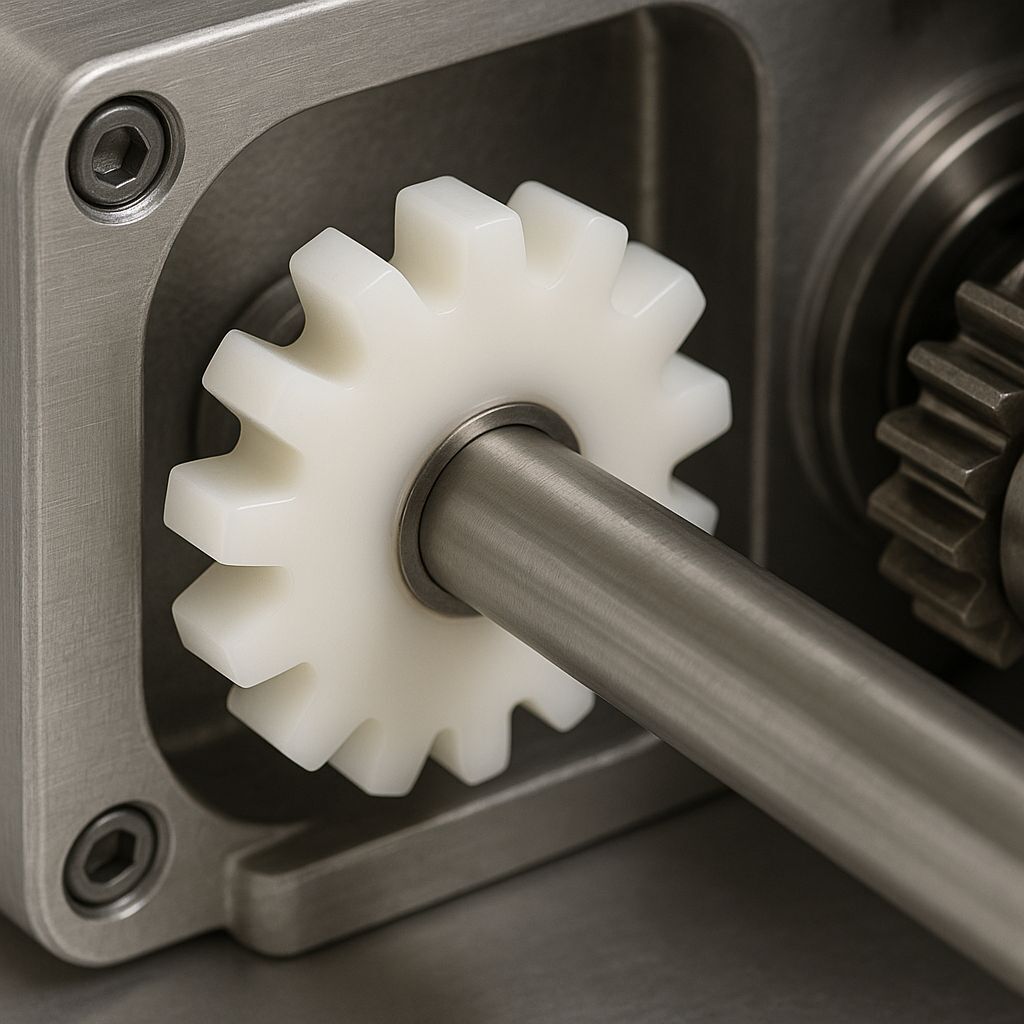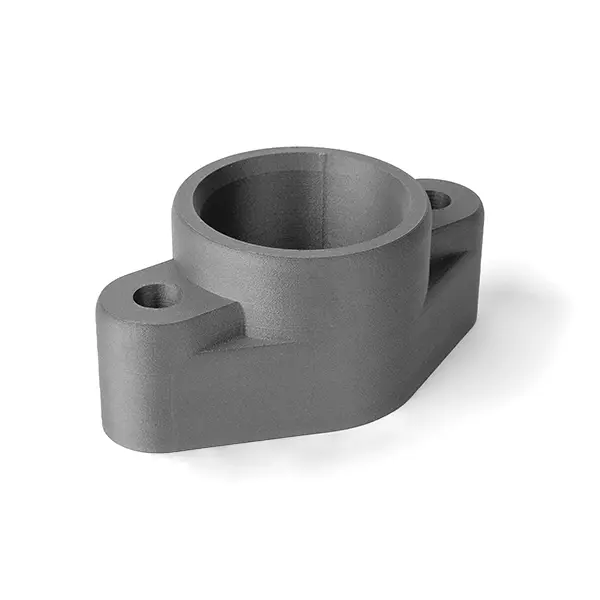2 min read
PLA vs ABS: Technical Comparison Between FDM 3D Printing Materials
In the world of FDM (Fused Deposition Modelling) 3D printing, material selection is a key factor in determining the quality, functionality, and...

POM‑C, also known as polyoxymethylene copolymer or acetal resin, is a high‑performance engineering plastic material. Used in mechanical, fluid‑handling and electromechanical applications, the POM‑C material offers an ideal balance of stiffness, smooth sliding (low friction), dimensional stability and excellent machinability.
In this guide updated to 2025, you will learn what POM‑C plastic is, its technical properties, key applications, advantages versus other engineering polymers, and how to process it via CNC machining, injection moulding and additive manufacturing.
POM (polyoxymethylene) is a semi‑crystalline thermoplastic belonging to the acetal resin family. There are two main variants:
POM‑H (homopolymer) — higher stiffness and tensile strength.
POM‑C (copolymer) — better thermal stability and hydrolysis resistance.
POM‑C material is the preferred choice in humid or chemically aggressive environments thanks to its durability, wear resistance and fatigue performance.

Easy turning and milling
Tight tolerances achievable
Excellent surface finish
Fast cycle times
Predictable shrinkage
Care required with venting and mould humidity
POM‑C plastic withstands oils, greases, fuels, solvents and industrial cleaners, but is sensitive to UV radiation and strong oxidising acids. For outdoor use, consider stabilisers or appropriate surface treatments.
Use POM‑C material when you need:
Do you need white or black POM-C parts for CNC?
Get an instant, free quote for your acetal resin POM‑C production now

2 min read
In the world of FDM (Fused Deposition Modelling) 3D printing, material selection is a key factor in determining the quality, functionality, and...

1 min read
Weerg, a global reference in additive manufacturing and online CNC machining, collaborates with CT Pack, an Italian leader in the design and...

2 min read
Starting today, Weerg expands its range of FDM 3D printing materials with the introduction of PPS CF (carbon fiber-reinforced polyphenylene sulfide),...